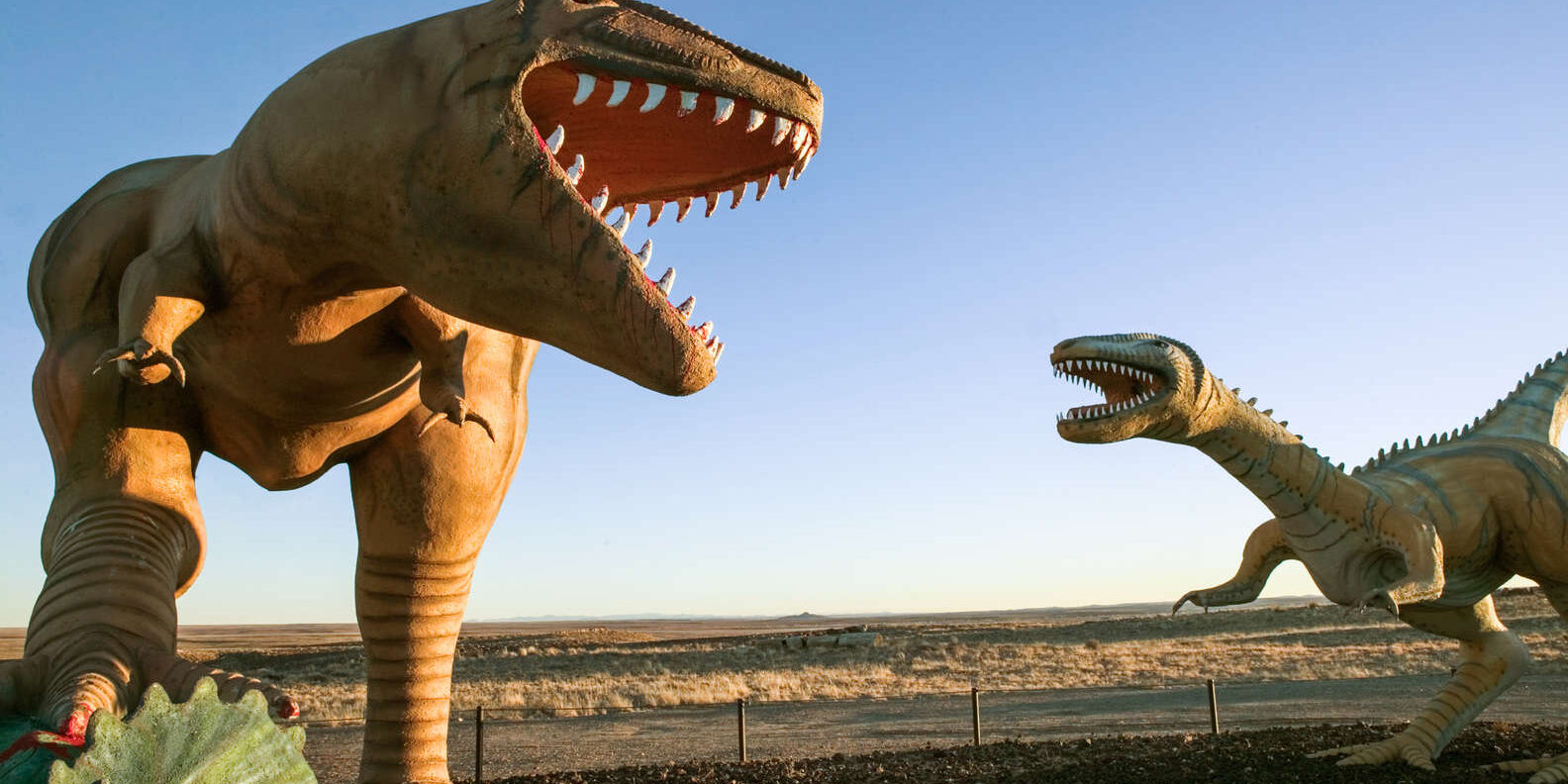Signs That Define a Building, and Sometimes a City

The illuminated signs of casinos and hotels along Fremont Street in Las Vegas are called “spectaculars.” Loomis Dean/The LIFE Picture Collection via Getty Images
From the New York Times:
Building signs have grown into a $37.5 billion industry. Some have become so iconic they are permanent parts of the landscape, often standing in for their hometowns.
The sign business began with painters wielding brushes and daubing letters on storefront windows and over building entrances. It has evolved into a $37.5 billion industry with companies capable of erecting signs that incorporate live news streams, interactive abilities and artificial intelligence.
But the goal has always remained the same: Combine words and imagery to conjure an identity for a building and market it as a piece of real estate.
Sign making evolved in the 19th and early 20th centuries with gaslight and then incandescent light bulbs used in addition to hand lettering, But business took off with the advent of neon and helped set cities like Las Vegas and New York ablaze with the giant, gaudy signs known as “spectaculars.”
How the Golden Arches Helped Support Black Wealth
From Bloomberg News: In this edition of “Bloomberg Equality,” Marcia Chatelain, Georgetown University professor of history and African American studies and author of “Franchise: The Golden Arches in Black America,” talks with Bloomberg’s Scarlet Fu about the history of fast food franchising that supported Black wealth. They speak on “Bloomberg Markets: The Close.”
Net-zero flagship McDonald’s at Disney World is a feat of climate-responsive efficiency

From The Architect’s Newspaper: Although Chicago-based architecture and urban design studio Ross Barney Architects has completed a wide breadth of projects over the nearly 40-year history of the firm in the Midwest and beyond, it has also earned itself a niche reputation as being a go-to designer for superlatively sustainable quick-service restaurants—namely, McDonald’s.
The firm has now designed two restaurants for the Chicago-headquartered fast-food behemoth. While not a substantial number, the deep-green buildings have garnered headlines and helped to change the mindset of what consumers think a fast food joint should look like.
Owner of Foxboro’s Lafayette House says historic restaurant isn’t ‘going anywhere’

Lafayette House on Route 1 and Pine Street in Foxboro. MARK STOCKWELL/THE SUN CHRONICLE
From The Sun Chronicle: FOXBORO — The owner of the landmark Lafayette House restaurant says he has no intention of razing the historic building and sought a building demolition permit simply to get his “affairs in order.”
Owner Ron Young told The Sun Chronicle the permit just makes it easier for him to sell the property if he chooses to do so in the future. He emphasized, however, that he has no intention of doing so and the famed restaurant is open, and will remain so.
He said concerns about the rapid spread of the coronavirus made him give deeper thought to his future.
How Dinosaurs Became Kings of the American Roadside

Dinosaurs roam the lands of Holbrook, Arizona. WALTER BIBIKOW/GETTY IMAGES
From Thrillist: EVER SINCE THE FIRST AMERICAN DINOSAUR FOSSIL WAS DISCOVERED, dinos have been at the forefront of our collective imagination, from early sci-fi novels to big city museums. Through the one-two punch of the automotive boom and the advent of cinema, dinos clung on. An adaptation of Arthur Conan Doyle’s The Lost World captivated viewers at nickelodeons even before King Kong started slugging it out with giant lizards on the silver screen.
It’s no coincidence roadside dinos started popping up soon after in the ‘30s. If these big-ass monsters could lure people to movie theaters, the thinking went, maybe they could lure them off the road to a small town diner as well.



